Wood filler paste does not shrink and adheres to virtually all substrates except materials such as polyethylene, polypropylene and Teflon. It is ideal for repairs to wood and concrete. After curing, it can be cut, sanded and nailed like wood. Screws can be screwed in after pre-drilling a small hole. The paste is epoxy-based and completely waterproof. Its flexible composition allows it to follow the action of wood.
Difference between wood filler paste and epoxy putty
Epoxy putty focuses primarily on quality, whereas with wood filler paste, price also plays a role. Therefore, wood filler paste uses a cheaper epoxy resin, which still retains many of the positive properties of epoxy, such as good adhesion and no shrinkage. After curing, wood filler paste not only has the color of wood, but also similar weight, sawability and sandability.
User Manual
Clean and dry the substrate. Mix equal volumes of Pasta A (yellow resin) and Pasta B (pink hardener) to an even light brown color. Do not use too much hardener; this does not speed up curing, but reduces the quality of the final product, especially water resistance. In extreme cases, the paint layer may also discolor. The processing time is about 20 minutes at room temperature. After that, curing begins and adhesion decreases.
Curing process
The minimum curing time (paintable) is 8 hours at 20 °C. Higher temperatures accelerate the process; every additional 10-15 °C halves the curing time. Processing below 0 °C is not recommended, as curing is then very slow and may be incomplete. Once the temperature rises, curing will still take place. Until then, the product must be protected from moisture.
For faster curing, choose Wood Filler Paste Fast.

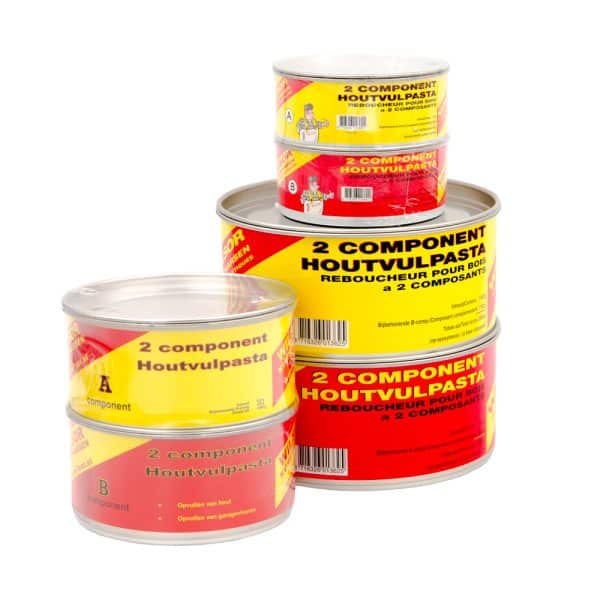
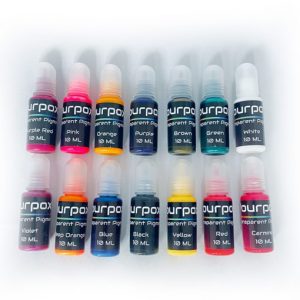
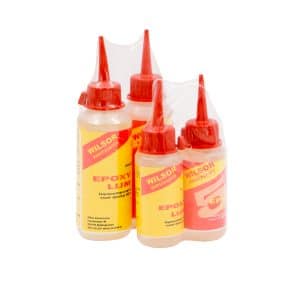

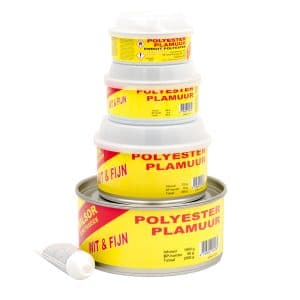
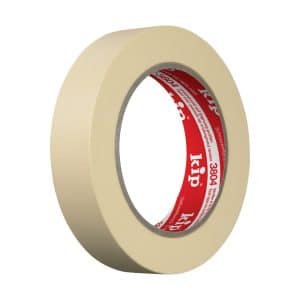
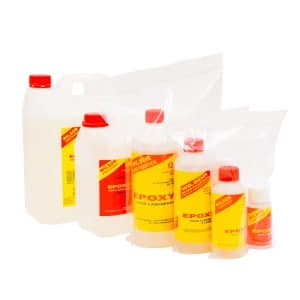
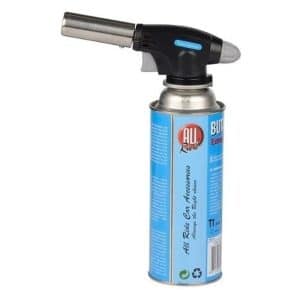
Reviews
There are no reviews yet.